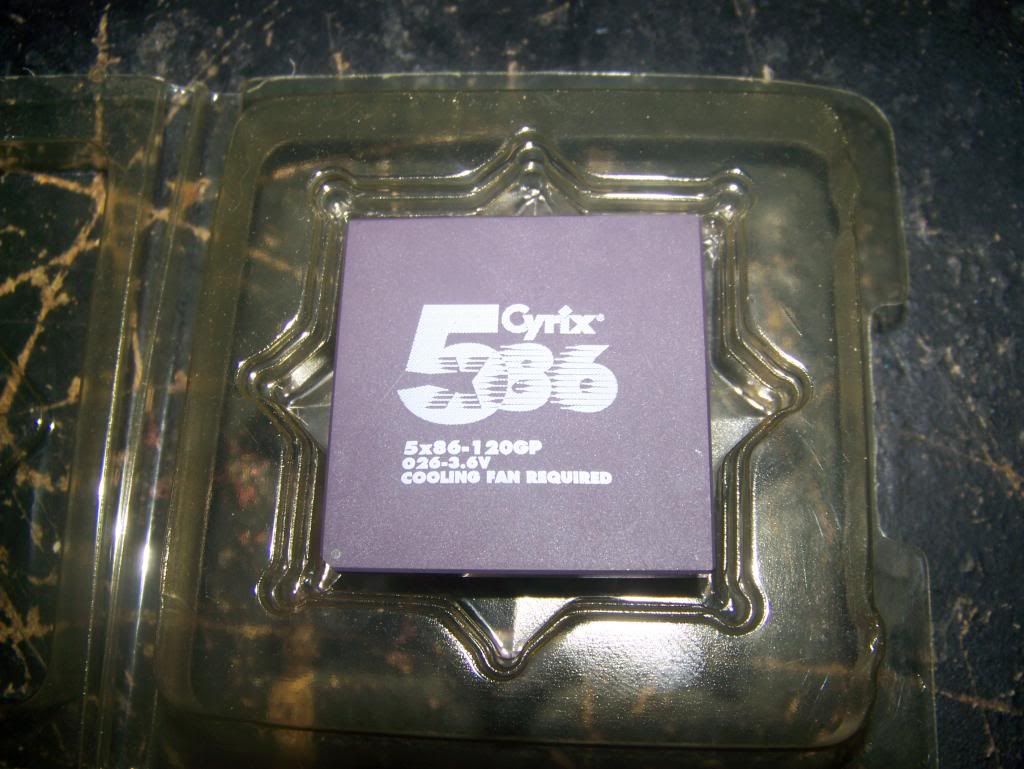The answers to all of your questions are already in the forums, albiet, perhaps not all in the same place. I'll try to put them into one spot for you.
The M919 does not work well with a 66 MHz FSB. 60 MHz seemed to be the fastest it was stable at. You will not be able to run 66x2 reliably.
Some Cyrix 5x86-120GP chips do not OC to 133 MHz and the one I got to OC to 133 MHz required 3.85 V to run ok-ish. The IBM 5x86-100HF chips will OC to 133 MHz better than the Cyrix-branded chips (though not all will OC). I have an IBM 5x86-100HF running at 133 MHz and 3.7 V.
On the M919, there is a single resistor you need to remove and place it with a 5K variable resistor. This will give you 3.0 - 4.0 V tunability. Let me know if you are interested and I'll pull out the board to find which resistor is needed to be replaced.
I would not run the Cyrix 5x86-120 at 4V for extended periods. It might work at 3.3 V if you are lucky. Your 3.3V setting might be closer to 3.4 V, or they may have made it 3.45 V. You'll need to measure. I've seen some 3.3V markings measured at 3.35V+.
It is likely that you have your cache and memory timings on auto or set too low. Set your cache to 2-1-2 and your memory read/write to 0/0.
The M919 is the only board I've seen which has the enable LSSER and Linear burst feature in the CMOS. Linear burst doesn't do much, but LSSER has a good performance boost. If you are using DOS, you'll want to enable branch prediction (BTB) using a 3rd party enabling program. For DOS and Windows, you'll want FP_FAST enabled. This gives a huge FPU performance boost. MEM BYP, RSTK, BWRT, LOOP, and DTE should also be enabled. But even without them, your Cyrix 5x86-120 should be performing better than an X5-133. Please share your BIOS settings.
What are you using to benchmark?
EDIT: Something else you want to keep in mind is that the m919 motherboard sneaks in a 2/3 PCI multiplier when the FSB is run at 40 MHz. So you're PCI bus will be running at 27 MHz. This is part of the reason why even your ALU-based graphic benchmarks may appear slower than the X5-133. The U4BC used the m919, unfortunately. So some 40 MHz benchmark tests have lower scores than they would if the PCI bus was run at 40 MHz. The effected benchmarks are noted in the write-up. They were mainly the heavily graphic-based benchmarks.
Plan your life wisely, you'll be dead before you know it.



